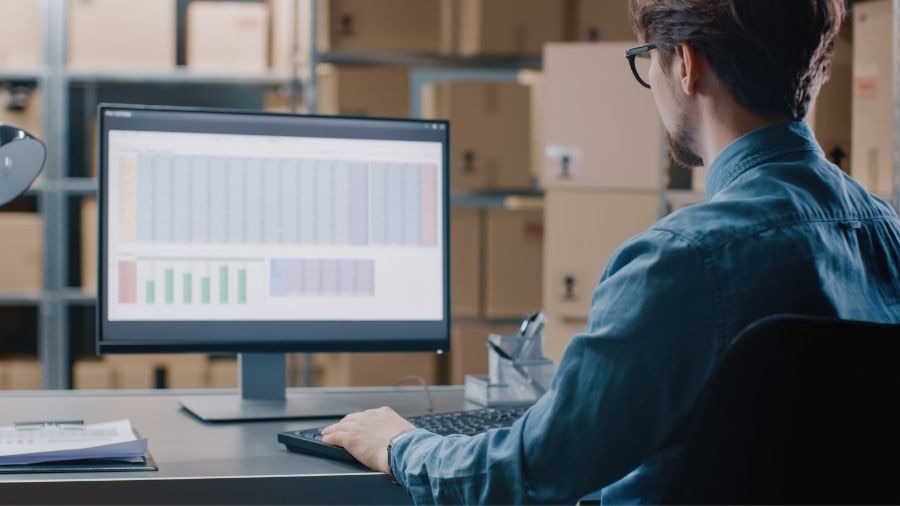Inventory valuation methods in action
Let's consider a fictional Canadian business, Maple Leaf Electronics, which operates both as a manufacturer and retailer of electronic gadgets. Maple Leaf Electronics produces a line of high-end, limited-edition smartwatches. For these unique items, the specific identification method is ideal. Each smartwatch has distinct characteristics and costs, making it easy to track their individual sales and calculate precise profit margins.
In its retail section, Maple Leaf Electronics sells a range of electronic accessories like headphones and chargers, which have a high turnover rate. Here, the FIFO method is more appropriate. It ensures that the accessories sold are accounted for at their original purchase cost, reflecting the actual physical movement of inventory and preventing any outdated stock from lingering unsold.
Additionally, Maple Leaf Electronics distributes bulk quantities of standard USB cables to various retailers. Given the large volume and uniformity of these cables, the WAC method is the most practical. This method allows Maple Leaf Electronics to average the cost of all USB cables over the year, smoothing out any variances due to fluctuating purchase prices and simplifying the accounting process.
Maple Leaf Electronics chooses the inventory valuation method that best aligns with the specific nature of its products and sales practices. This strategic selection ensures accurate financial reporting, compliance with Canadian accounting standards, and effective inventory management.
Remember, consistency is key in accounting practices. Once you choose a method, stick to it for comparability and compliance purposes.



